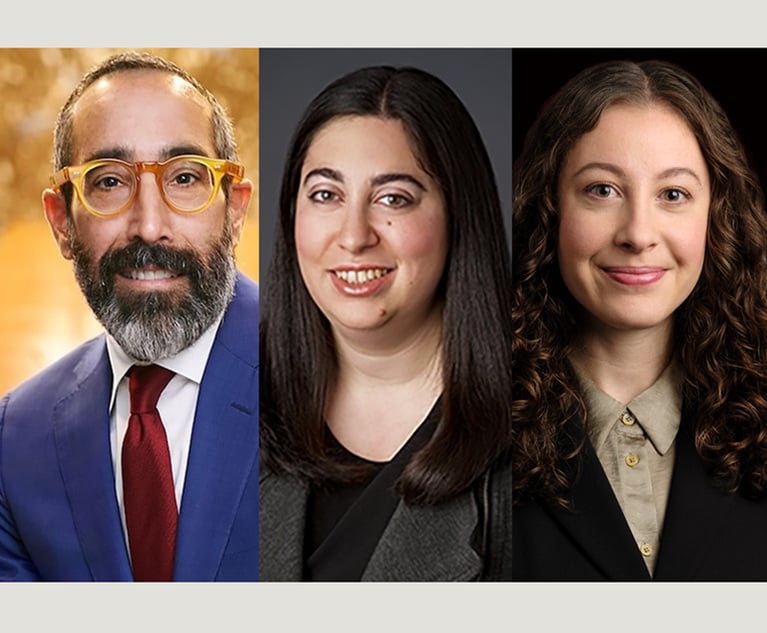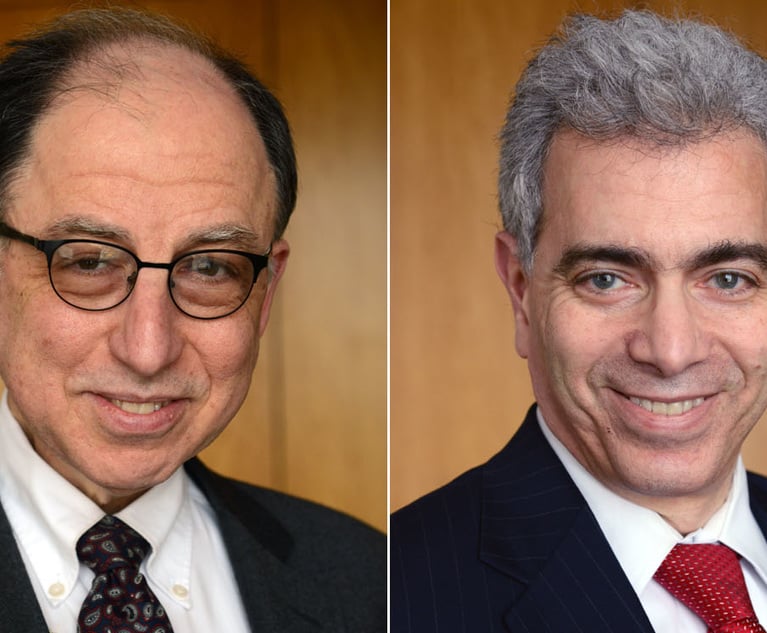 Child protection services (CPS) and law enforcement are the two main statutory entry points for investigating potentially criminal behavior involving pre-teenage children. CPS is principally focused on current risk of harm, law enforcement with investigating alleged criminal acts. While considerable progress has been made among law enforcement to treat young victims differently, too many police and prosecutors still fail to recognize that in the delinquency setting, young children do not perceive, process, and experience the world as adults do and also need to be treated differently. Just as the medical profession has created pediatrics and adolescent medicine to address the unique needs of these age groups, law enforcement agencies need to train and guide law enforcement officials to handle cases with youth with the skills, resources, and information necessary to avoid results leading to severe miscarriages of justice resulting in traumatic impacts.
Child protection services (CPS) and law enforcement are the two main statutory entry points for investigating potentially criminal behavior involving pre-teenage children. CPS is principally focused on current risk of harm, law enforcement with investigating alleged criminal acts. While considerable progress has been made among law enforcement to treat young victims differently, too many police and prosecutors still fail to recognize that in the delinquency setting, young children do not perceive, process, and experience the world as adults do and also need to be treated differently. Just as the medical profession has created pediatrics and adolescent medicine to address the unique needs of these age groups, law enforcement agencies need to train and guide law enforcement officials to handle cases with youth with the skills, resources, and information necessary to avoid results leading to severe miscarriages of justice resulting in traumatic impacts.
This was made clear by a recent decision by the U.S. Court of Appeals for the Sixth Circuit in B.R., et al. v. McGivern, et al. (Case No. 4:13CV907, 2017). In her concurring opinion, Judge Jane Stranch wisely concluded, “This case presents an opportunity to consider alternate methods of addressing the problems that children, growing up in today’s world, experience or cause. To the extent that these issues continue to be addressed in the criminal justice system, it is of unquestionable importance that law enforcement officers receive proper training and support in how to understand and interact with children—whether they are accusers or the accused—in a way that recognizes the unique needs and vulnerabilities of children.” (p. 14).






